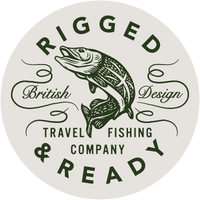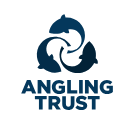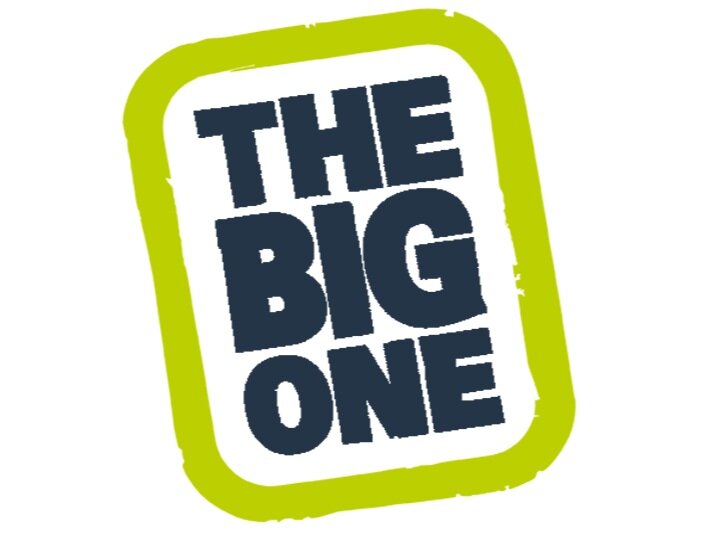Trout are one of the most popular species to target worldwide... and for good reason! They're acrobatic, incredibly colourful and often inhabit some of the most spectacular freshwater locations imaginable. The season has just opened in the UK, so let's take a look at some methods and how you can get started catching them!
FLY FISHING
Flies and insects make up a large proportion of a trout's diet, and fly fishing can be a very effective way to target them. There is a small learning curve when you start casting, but there's plenty of advice available online to improve your technique.
Some excellent flies to try are: caddis, mayfly, nymphs, dry flies, bibio's, spiders and midge's. The best choice depends on the time of year, the conditions and any ongoing hatches, but many will work year round.
In terms of gear, you'll need a fishing rod, line backing, mainline and tippet. Our Infinite Fly 2-in-1 is a great option as it has two different configurations with different cast weights. The 4-weight set-up is perfect for fishing small streams and rivers, whereas the 6-weight set-up is ideal for larger rivers and still waters.
LURE FISHING
Lure fishing is another fantastic way to catch trout. It's also much more accessible and beginner-friendly, you just need to make sure your local rules allow it. It involves simply casting and retrieving an artificial lure, attempting to get a fish to bite. For the gear you'll need a spinning rod, reel, line and lures.
As trout are typically small in relation to other species, the lures tend to be small too. To cast small lures you need a light rod, our semi-telescopic Fish Rig 180 is a great choice. A small spinning reel, like our RR1000, is also perfect for the job.
In terms of line, you can spool your reel with monofilament or braid. We sell a 15lb braid that many people use for trout fishing, but you can also go significantly lighter. Braid will help you cast further, and get a much better feel of how your lure is working in the water.
Now down to the business end, the lures. People all over the world use a variety of different artificial baits for trout fishing including crankbaits, jerkbaits, softbaits and more. It's very important to use barbless hooks for fish care and sustainability, and even single hooks when you can.
In its simplest, and arguably most effective form, all you need to get started are spinners and spoons. These are very simple to use and incredibly effective for a number of predatory species, simply cast, retrieve and catch (hopefully!) We sell boxes pre-made that are excellent for beginners, coming with single barbless hooks as standard, with matching barbless trebles. Click here to check out the range!
FLY AND SPIN?
Our X5 Adventure fishing rod can be used both for fly fishing and lure fishing with multiple different cast weights. With a very light tip, it can comfortably cast even the smallest of lures. The reversible handle and fly tip mean you can swap over to the fly mid-session - an incredible asset if the fish are feeling picky!
As well as being an excellent trout fishing rod, you can also use the heavier tips for species like pike, salmon, bass, carp and more. There's a reason many people call it the multi-tool of fishing rods! It's available with both a fly and a spinning reel, or as a stand-alone rod.
ESSENTIALS
Once you're sorted with a rod, reel, line and lures there are a couple more things you need. Firstly, a good net is crucial. Our
small landing net is perfect for trout fishing. It's very lightweight, folding and has a deep net so you can land a big fish if the opportunity presents, while remaining very compact.
Secondly, polarised sunglasses can be a very valuable addition to your next fishing trip. They take the glare off the water so you can see more... and catch more. A real blank saving accessory especially when it comes to trout fishing!
LOCATIONS AND TIPS
One of the best things about trout is that they're known to live in some very picturesque and spectacular wild places. This isn't always the case, but it often is. Many small streams and rivers hold wild trout, especially in Wales, the north of England and Scotland.
They can also be found in still waters, but mostly in more remote places like national parks, upland areas and sizeable reservoirs. This is because many historic wild trout waters have long since be repurposed as stocked trout lakes, commercial fisheries and carp venues.
Google is the best place to start when it comes to finding what's available in your area. Make sure you follow applicable rules and regulations about trout fishing in your area... good luck and tight lines!












